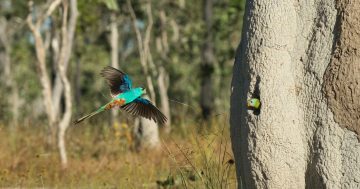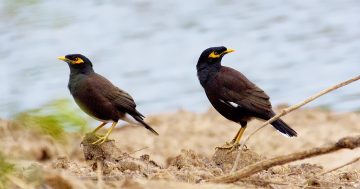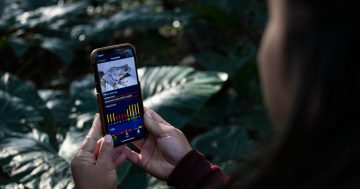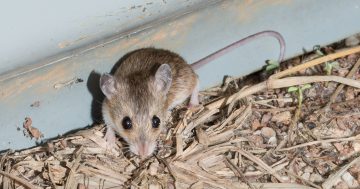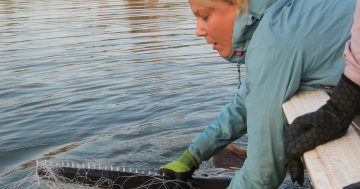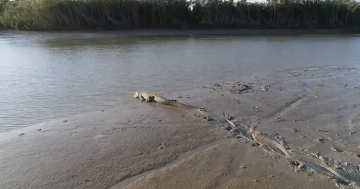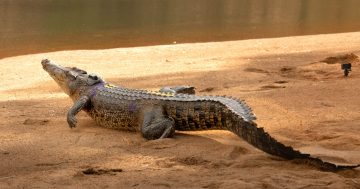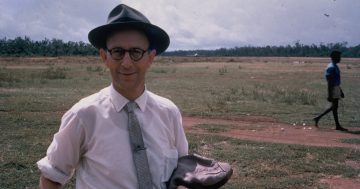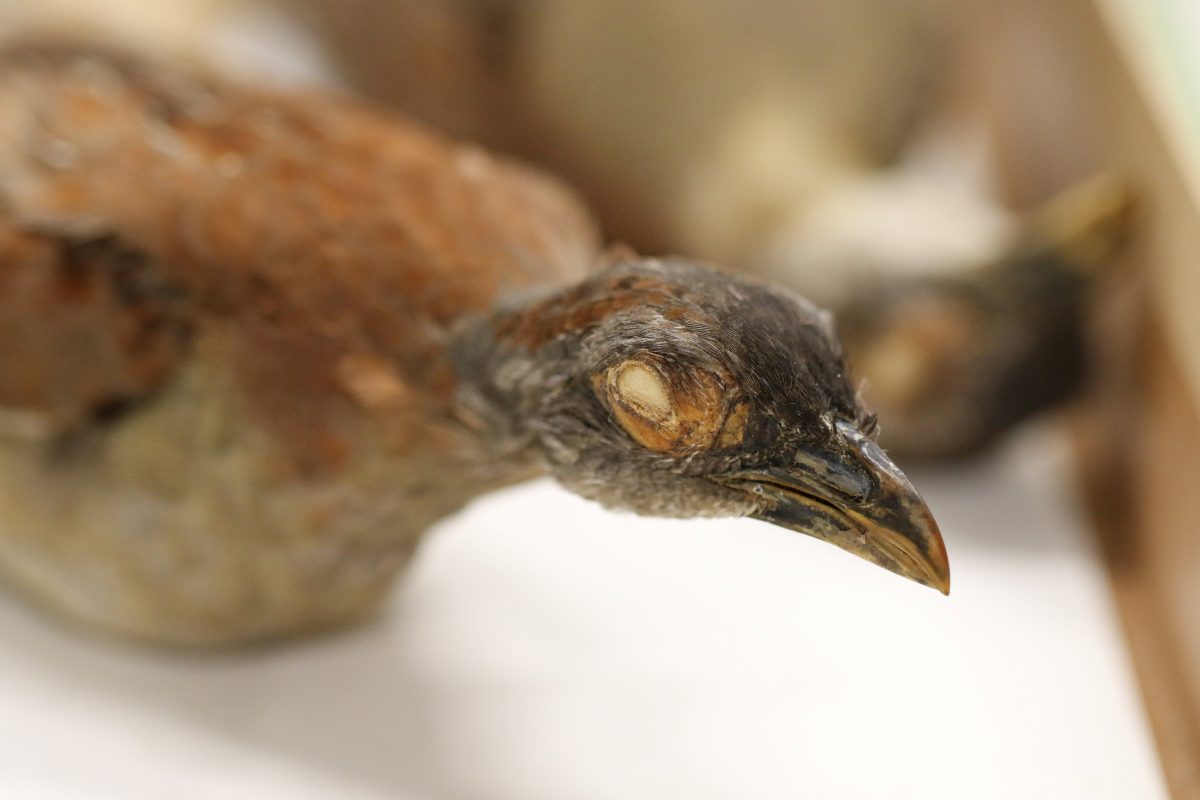
The buff-breasted button-quail has not been seen for a century and is the only Australian bird species to never be successfully photographed. Photo: Patrick Webster.
Cape York may be home to a bird that has been lost for the past century after discovery that decades of research into the species was actually based on misidentification.
The buff-breasted button-quail (BBBQ) has been thought to reside in the Atherton Tablelands area, but a PhD project found they were actually populations of the common painted button-quail.
The last tangible evidence of the BBBQ was actually found at Coen 100 years ago, in March 1924, in the form of eggs.
BBBQ world expert Patrick Webster said now that they knew where to look, there was hope of finding the elusive bird.
“The project that we’re currently undertaking with Conservation Partners is a follow-on from my PhD at the University of Queensland,” Mr Webster explained.
“During my research in the project with Conservation Partners, we identified a number of areas throughout Cape York that support suitable habitat for the BBBQ.
“There’s been very little survey efforts within Cape York, which is where we know the species historically used to occur, so the misidentification has misguided research and conservation efforts into an area where the species has probably never occurred.”
These areas, falling on Umpila Country, are now being fitted with devices called song meters, used to record and identify the calls of different bird species.
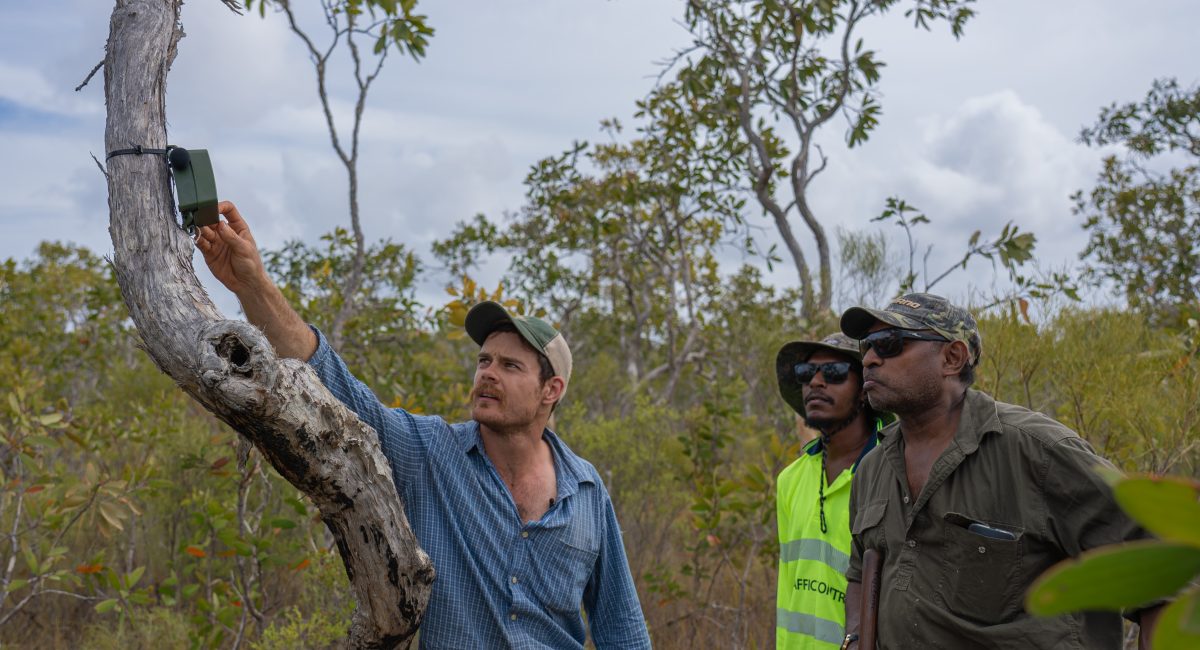
Patrick Webster works with Umpila Traditional Owners to install song meters. Photo: Braydon Moloney.
Research on other button-quail species showed them to be highly vocal in the wet season while they are breeding, making them well-suited to detection using sound recording devices.
“What we’re doing now is we’re undertaking surveys to try and locate a population over the 2024 and 2025 wet seasons,” Mr Webster said.
“We went out to deploy the song meters with two Traditional Owners, and we’ve got it programmed to record for two hours in the morning and two hours in the afternoon.
“They’ll be out for the entire wet season, and then we’ll go back and collect those recordings.”
These recordings will then be put through a program to pull out potential BBBQ calls, which will then be further analysed.
As the only Australian bird species that has never been photographed, researchers have had to rely on museum artefacts and illustrations to study the BBBQ.
“BBBQ are extremely difficult to accurately identify in the field,” Mr Webster explained.
“The typical method has been to walk through the areas, but they fly up rapidly away from you, and this method does not really provide sufficient views to enable an accurate identification of the bird.”
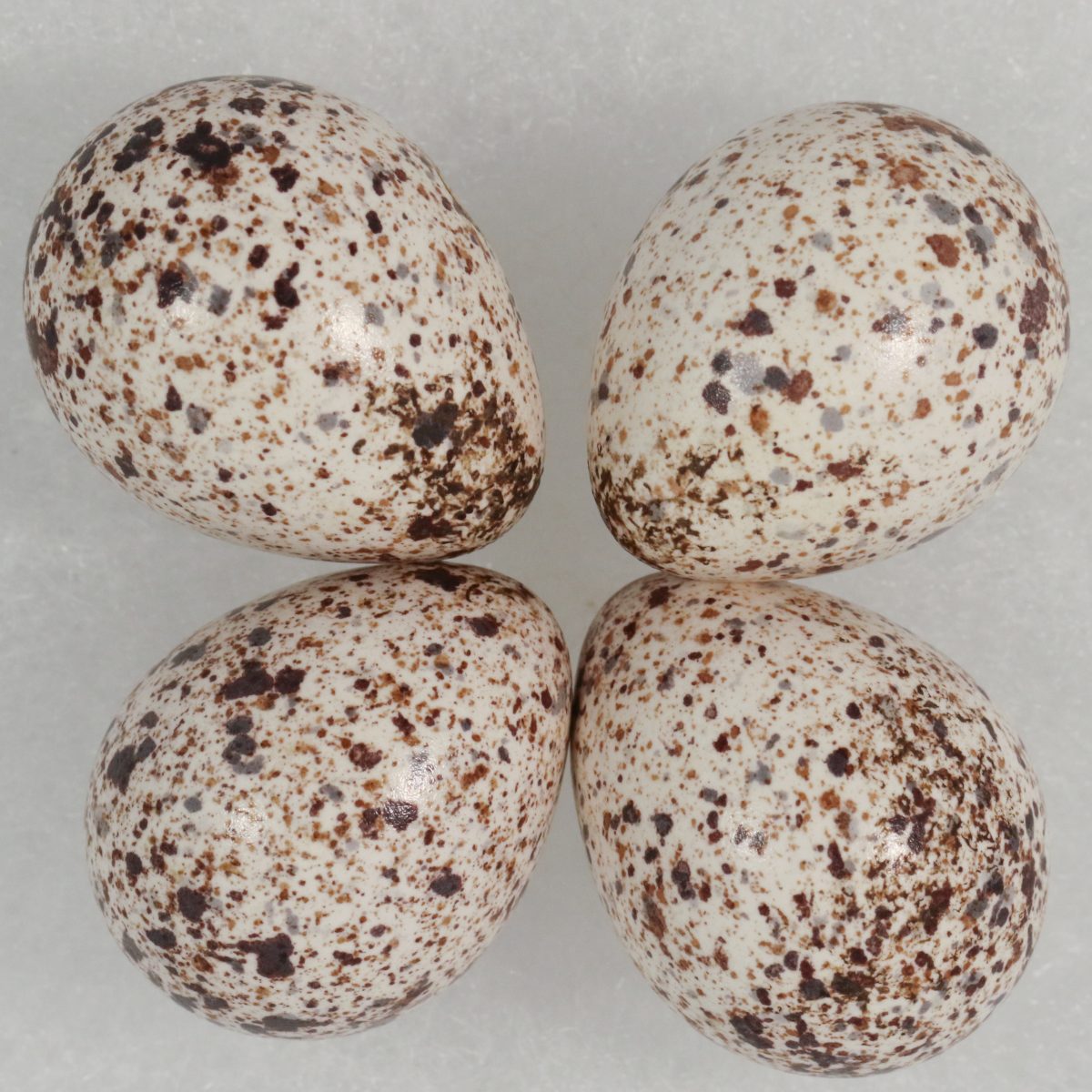
BBBQ eggs collected by Coen local Don Anderson in 1924 are the last tangible evidence of the species existence. Photo: Patrick Webster.
Though with new-found clarity of a new research method and areas, the Mr Webster said extinction was a “legitimate possibility”.
“There is every possibility it has [gone extinct], given that we haven’t had a confirmed record in 100 years,” he said.
“However, given that the vast majority of potentially suitable habitat has not been surveyed, there’s currently insufficient evidence to suggest that it is extinct, because we haven’t spent enough time looking yet.
“Ultimately, finding a population is the first step.
“If we find a population, we can work with Traditional Owners and land managers to study this species, learn what is threatening it and manage that Country for the BBBQ.”


